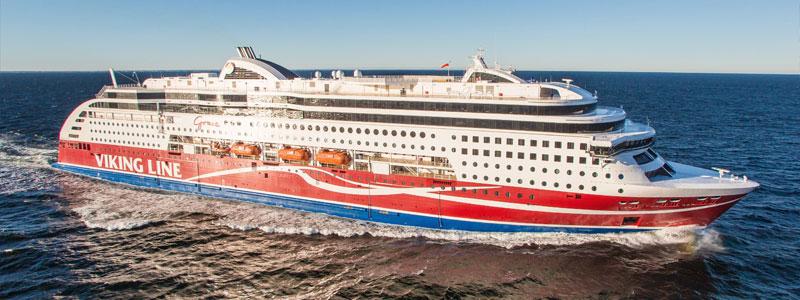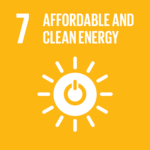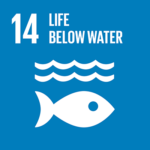Securing LNG distribution with real-time data
Viking Grace, the world’s first LNG powered passenger vessel, uses radio modems for data transfer. Strict time schedules give zero tolerance for errors. Data transfer based on a private network is reliable and secure, and it provides stability that is required in the daily procedures of the shipping trade.
Seamless data transfer
Viking Grace uses the Liquefied Natural Gas (LNG) as fuel. Wärtsilä delivered the LNG storage system LNGPac™ and also ensured that the vital parameters were available for the bunkering protocol. Their system included the bunkering station, LNG tank and tank room compartment, process skid, glycol-water heating unit and the control and monitoring system.
The telemetry system that monitors the bunkering station uses SATEL radio modems to transfer the data between the two vessels. The data communication between Viking Grace and Seagas, the LNG bunkering vessel, works independently delivering real-time information about the refuelling process.
The tanks of Seagas have a capacity of up to 70 tons that can be transferred in just 60 minutes. This is also the turnaround time of Viking Grace while it is in port, as the vessel makes the 11-hour crossing between Finland’s west coast city of Turku and the Swedish capital Stockholm.

The environmentally friendly ferry
The goal in Viking Grace’s design was to find the best environmental solutions for its operation. The use of LNG makes Viking Grace one of the world’s greenest vessels. Natural gas is combusted more efficiently and is milder than other fossil fuels, in addition to being odorless and toxin-free.
LNG easily meets all the future requirements of the EU’s low sulphur, nitrogen and particulate matter (PM) as well as for greenhouse gases (GHGs) directives. Nitrogen Oxides (NOx) content was decreased in the exhaust gases by 85% and greenhouse gases by 15%; the sulphur level is practically zero.
Benefits of a private network
Radio modem based data transfer is extremely reliable and cost effective. Radio modems operate in their own licensed frequencies and the network works independently from any operator networks. The redundancy of the system provides maximum security to the data transfer.
Bunkering telemetry system uses SATELLINE radio modems and SATELLINK I/O units for data communication between Viking Grace and Seagas. SATEL radio modems transmit information about the gas flow, pressure and level measurements and provide the shut down information in case of an emergency.



